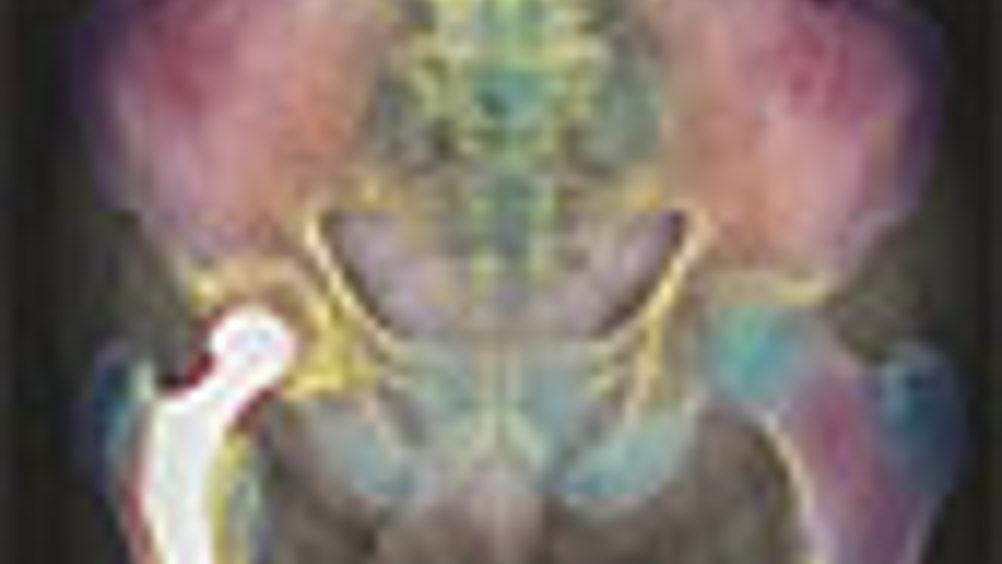Surface work
New engineering techniques using electronic beams look set to play a valuable role in developing cutting-edge medical technology, says Bob Nicolson.

Technology has come a long way since the introduction of artificial hips, and today surface modification of materials and devices is becoming increasingly important in a large and growing range of healthcare applications, such as orthopaedic implants.
Developers of medical technologies need to juggle several crucial demands. Enhancing biocompatibility, promoting adhesion, improving wear resistance, preventing corrosion, controlling the chemical and electrical insulation/conducting properties, and generating anti-microbial and anti-bacterial surfaces all provide opportunities for surface modification and coatings to play a major role.
Big advances have been made in developing new surface-modification techniques, and as someone closely involved in pioneering electronic beam (e-beam) applications I predict many more to come.
E-beams are already used for sterilisation and to melt and weld metals. One novel e-beam materials-processing technology offers several surface functionalities. Here a beam is scanned rapidly over a substrate surface to displace material in a controlled manner.
The result is a textured surface comprising an array of protrusions above the original surface and a corresponding array of intrusions or cavities in the substrate. This generates tailor-made, complex surface structures in a range of materials in a few seconds/cm', which could be particularly useful for bone ingrowth surfaces on orthopaedic implants.
Register now to continue reading
Thanks for visiting The Engineer. You’ve now reached your monthly limit of news stories. Register for free to unlock unlimited access to all of our news coverage, as well as premium content including opinion, in-depth features and special reports.
Benefits of registering
-
In-depth insights and coverage of key emerging trends
-
Unrestricted access to special reports throughout the year
-
Daily technology news delivered straight to your inbox










Simulations show Optimal Design for Bladeless Wind Turbines
"an 80cm mast" Really? I'm short but that's only half my height! Do they mean 800cm?